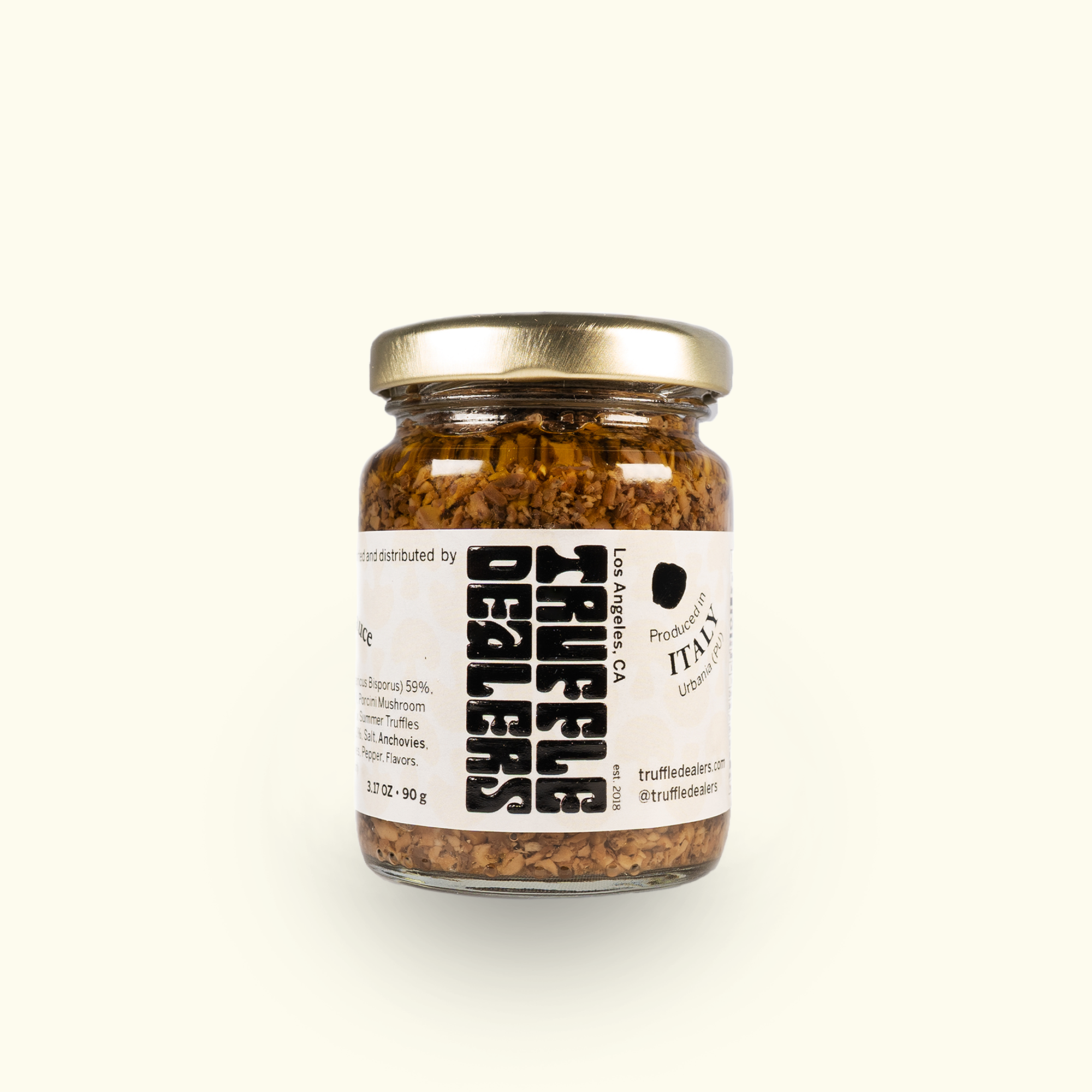The secret birth of White Truffle: How Earth and Sky Prepare Italian Season
Somewhere in the hills of Italy, something invisible begins to stir. You don’t see it. You don’t hear it. But it’s happening: the soil is shifting. It breathes deeper, grows damper, turns more acidic, like it knows that something rare and wild is on its way. This isn’t farming. It’s not even straight-up biology. This is fungal mythology.
"You don’t grow white truffles. You wait for them.”
And while you wait, it’s Mother Earth who takes the lead, backed by a late summer sky that finally stops burning and starts cradling. Underground, between the roots of oaks, poplars, and hazels, the hidden web of mycelium spreads in silence. An unseen pact between fungi and tree: you feed me, I protect you.
Science calls it mycorrhiza. But what happens between August and October feels closer to magic. The rain must come, but not too much. The sun must linger, but without arrogance. The temperature needs to dip and rise in perfect dissonance. In other words: imperfectly perfect days.
And when the balance hits just right, something is born. You won’t watch it grow. You won’t see it bloom. But you’ll know it’s there. The white truffle appears like an aromatic mirage, a whispered secret from nature to those who listen.
That’s why no one really picks white truffles—they hunt them. They track them. They uncover them.
The Territories of MythEvery region in Italy has its own story about the legend of the white truffle:
In Piedmont, October fog is holy. Locals say the chill triggers the fruiting.
In Tuscany, near San Miniato, hunters speak of moon phases and “mother trees.”
In Molise and Abruzzo, they whisper that truffle grow best in solitude, far from the noise.
Then there are the newcomers: Marche, Umbria, Lazio—regions rewriting the flavor map, thanks to climate change and the stubborn faith of people who still believe the white truffle isn’t a product—it’s a feral being.
When to Look (and How to Tell the Story)
September: scouting begins. It’s all about signs—scents rising from the undergrowth.
October–November: prime time. The golden months. Dogs move like psychics in the forest.
December: the final chance. They say the ones touched by morning frost hit deepest.
To hunt white truffle is to seek connection, not just an ingredient.
And maybe that’s its real magic: you can’t control it. You can only wait. Hope. And if you’re lucky, taste it!



